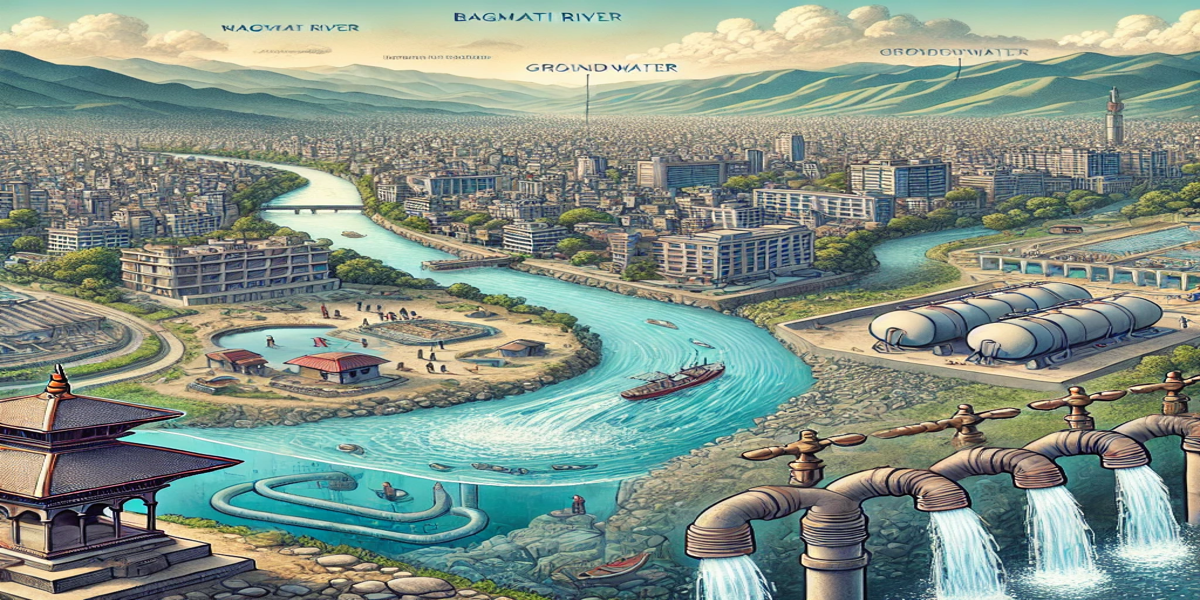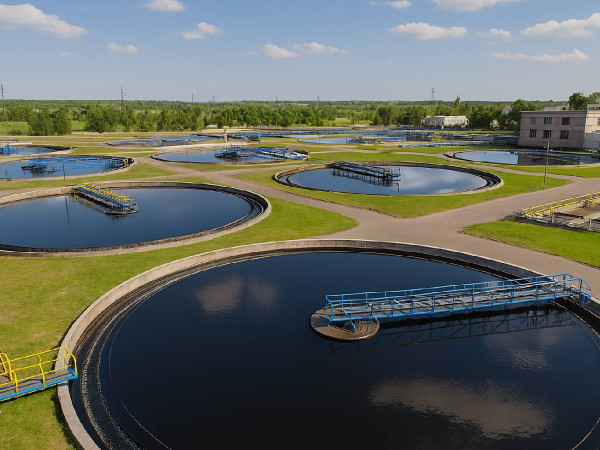News & Blogs
The Water Supply Dilemma in Kathmandu: A Critical Issue

Kathmandu, the bustling capital of Nepal, is home to over 1.5 million people, making it one of the most populous cities in the region. With the rapid urbanization and population growth, the city's water supply system has come under immense pressure. Despite significant strides in infrastructure development, the challenges of providing reliable, clean, and sustainable water to the residents of Kathmandu remain.
The Water Supply System in Kathmandu: An Overview
The city's primary source of water comes from rivers, streams, and groundwater. Kathmandu Valley, surrounded by mountains, relies on both surface water (such as the Bagmati River) and underground aquifers for its water needs. Historically, traditional water systems, like stone spouts and wells, were the go-to solutions for residents. However, as the city expanded, these systems were insufficient for the growing population.
The responsibility of managing the water supply lies with the Kathmandu Upatyaka Khanepani Limited (KUKL), which oversees the distribution of treated water throughout the valley. Despite this, a significant portion of the population still lacks access to a continuous supply of clean water.
Water Supply Challenges
-
Inadequate Infrastructure: One of the primary challenges Kathmandu faces is the lack of sufficient infrastructure to meet the city's growing water demand. The distribution networks are outdated and often unable to cope with the increasing population, especially during the dry seasons.
-
Contaminated Water: Many areas of Kathmandu rely on groundwater and surface water sources that are contaminated with pollutants. Industrial waste, untreated sewage, and garbage dumping in rivers have compromised the quality of water, posing serious health risks to the population.
-
Seasonal Variability: Kathmandu’s water supply fluctuates seasonally, with dry months from November to April seeing a significant reduction in available water. During this time, reliance on groundwater increases, but many groundwater sources have been over-exploited, leading to depletion in some areas.
-
Leakage and Water Loss: A considerable amount of water is lost through leakage in the pipes. A study by the Asian Development Bank (ADB) showed that almost 30% of the water supplied by KUKL is lost due to leakage, theft, and inefficient distribution.
The Role of Technology in Addressing the Crisis
In response to these challenges, several initiatives have been launched to modernize Kathmandu’s water supply system. The government, in partnership with international donors and private companies, is working on projects that aim to increase the efficiency of the water distribution network.
One of the key developments is the Melamchi Water Supply Project, which is expected to bring additional water to Kathmandu from the Melamchi River. The project, once completed, will help alleviate the water shortages in the city by providing a more consistent and reliable source of water.
Furthermore, technology such as smart water meters and automated leak detection systems is being implemented to reduce water loss and ensure that the supply meets demand more efficiently.
Solutions and Future Outlook
The future of Kathmandu’s water supply hinges on the success of ongoing infrastructure projects and the responsible management of available resources. Several solutions are being considered to tackle the water supply challenges:
-
Rainwater Harvesting: Encouraging the collection of rainwater can be a sustainable solution to help supplement water supply, especially during the dry months.
-
Water Treatment Plants: Expanding the number of water treatment plants in the city will help ensure that the available water is safe to drink.
-
Public Awareness Campaigns: Educating the public about water conservation and the importance of preserving water resources is crucial to reducing wastage.
-
Improved Wastewater Treatment: To prevent further contamination of surface water sources, effective wastewater management is essential. Currently, many rivers in Kathmandu are contaminated with untreated sewage, exacerbating the water crisis.
A Call for Sustainable Water Management
As Kathmandu continues to grow, the demand for water will only increase. However, with the right investments in infrastructure, technology, and public education, the city can overcome its water supply challenges. Sustainable water management practices must be adopted to ensure that future generations have access to clean, safe, and reliable water.
For CivilTech and other stakeholders in the infrastructure development sector, this is an opportunity to take a leadership role in designing and implementing effective water supply systems. With the right expertise and innovation, we can help build a resilient water supply network that meets the needs of Kathmandu's residents for years to come.



